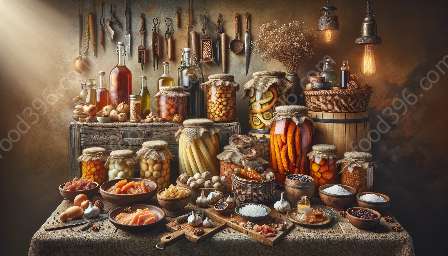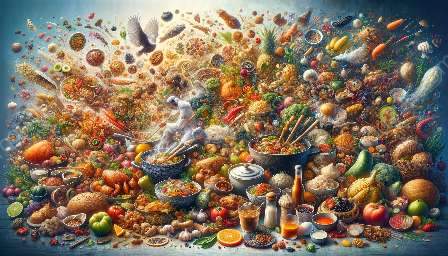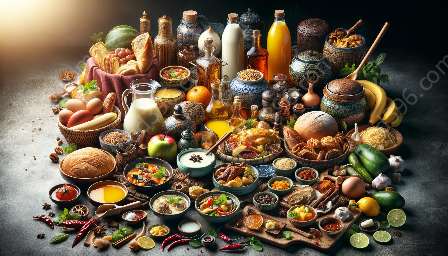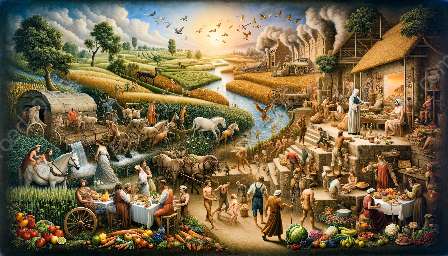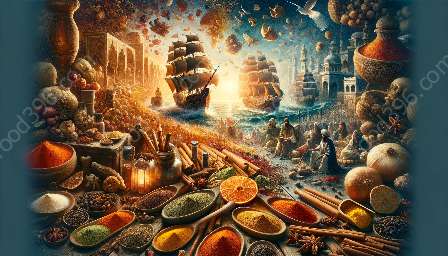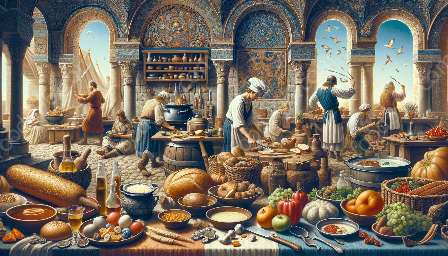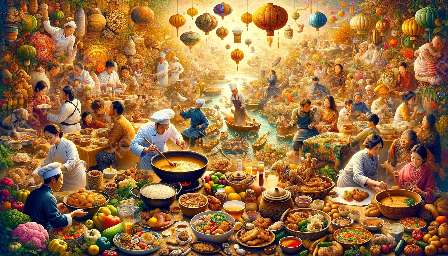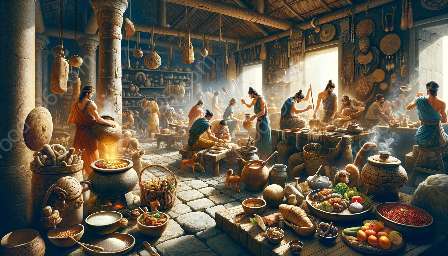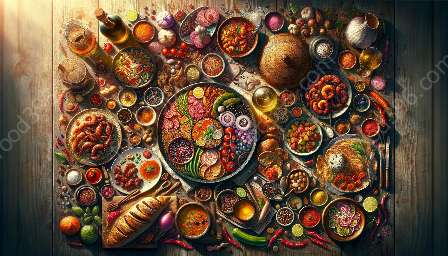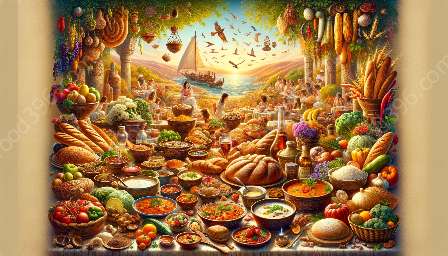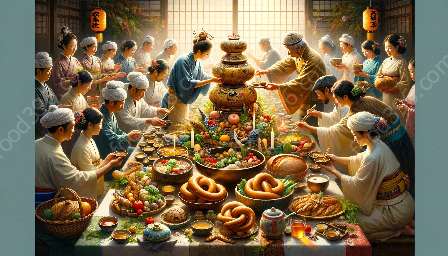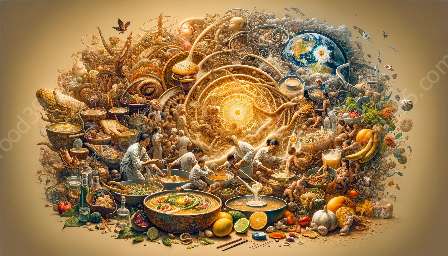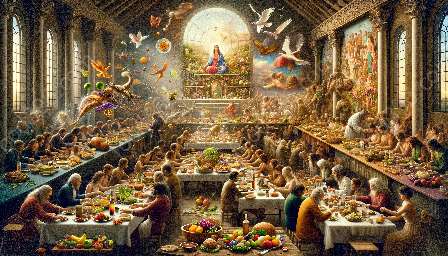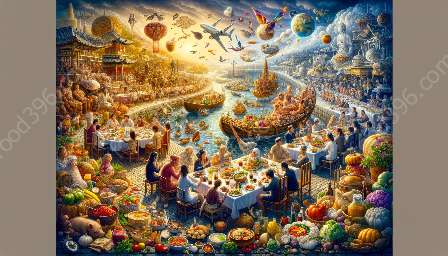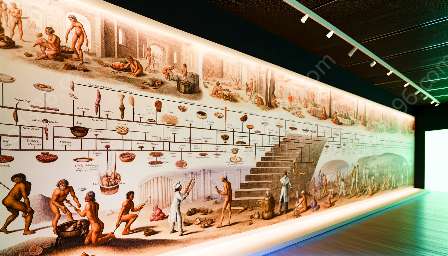Migration has played a significant role in shaping food cultures across the globe, resulting in a rich tapestry of culinary diversity and traditions. By examining the influence of migration on food culture, we can uncover the fascinating ways in which people have merged tradition with new flavors and ingredients, creating a dynamic and ever-evolving food landscape.
The Historical Impact of Migration on Food Culture
The history of food is inextricably linked to patterns of human migration. As people have traveled and settled in new lands, they have not only brought their customs and traditions but also their culinary practices, ingredients, and cooking techniques. The fusion of these diverse elements has given rise to unique culinary identities that reflect the cultural amalgamation resulting from migration.
Tracing the Origins of Culinary Traditions
Exploring the influence of migration on food culture allows us to trace the origins of culinary traditions. For example, the spread of ingredients such as tomatoes and chilies from the Americas to Europe and Asia following the Columbian Exchange significantly transformed the culinary landscapes of those continents, leading to the creation of new and distinctive dishes. Similarly, the migration of people from regions such as Southeast Asia to the United States has brought about the popularization of dishes like pho and banh mi, contributing to the diversity of American cuisine.
Cultural Exchange and Culinary Fusion
The exchange and integration of culinary practices during migration have led to the emergence of unique fusion cuisines. For instance, the blending of African, European, and Indigenous American culinary traditions in the Caribbean has given rise to dishes like jerk chicken and rice and peas, which exemplify the rich tapestry of flavors resulting from migration and cultural exchange.
The Role of Immigration in Shaping Local Food Scenes
Migration has also played a pivotal role in shaping local food scenes, particularly in urban centers with diverse immigrant populations. These communities have introduced their native cuisines, which have in turn influenced the broader food culture of their adopted homes. The establishment of ethnic enclaves and the proliferation of international markets and restaurants have further contributed to the incorporation of migrant foodways into mainstream culinary practices.
Preserving and Adapting Traditional Recipes
Within migrant communities, the preservation and adaptation of traditional recipes have served as a means of retaining cultural identity and connection to heritage. Through culinary traditions, migrants pass down stories, flavors, and techniques, ensuring that their food culture remains an integral part of their lives, even as they navigate new environments and experiences.
The Future of Food Culture in a Globalized World
In today's globalized world, the influence of migration on food culture continues to evolve. As people continue to move and settle in new places, they bring with them not only their culinary heritage but also new perspectives and ingredients that contribute to the ever-changing landscape of food. The fusion of diverse flavors and traditions not only enriches the culinary experiences of individuals but also serves as a testament to the resilience and creativity of migrant communities.
Embracing Diversity on the Plate
Exploring the influence of migration on food culture encourages a deeper appreciation of culinary diversity. By embracing the contributions of migrant communities, we celebrate the myriad of flavors and techniques that have been woven into the fabric of global cuisine. This celebration not only honors the journeys of those who have migrated but also serves as a bridge between cultures, fostering understanding and unity through the universal language of food.



